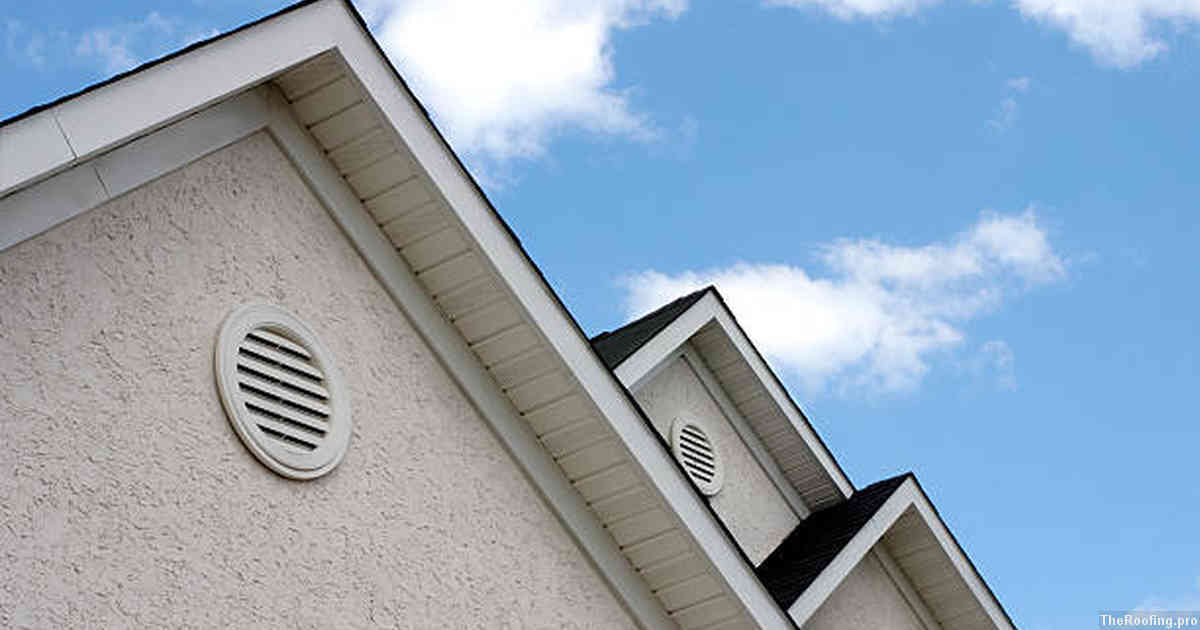
Flat roofs are a popular choice among modern homeowners, offering an aesthetically pleasing and practical solution to any building. They provide the opportunity for more interior space than other roofing options and can be used in both residential and commercial buildings.
Contents:
Flat roofs are made from multiple layers of materials such as rubber or asphalt membrane, insulation board, felt paper, gravel or shingle overlay. The material is applied over the top of a solid deck base that has been constructed using plywood or metal sheets. This combination creates a waterproof seal that helps protect against rainwater damage and provides thermal protection from extreme temperatures outside.
One benefit of flat roofs is their cost-effectiveness when compared to other types of roofing systems like pitched roofs with sloped surfaces which require more complex construction processes to create. Flat roofs also offer versatility in design; they can be customized with different colors, textures and styles depending on what look you’re going for – making them perfect for those looking to give their home exterior an updated look without breaking the bank.
Another great advantage offered by flat roofs is that they require less maintenance than other roof types due to their simplicity in design – there’s no need for complicated repairs or regular inspections as long as they have been installed properly in the first place. Because these systems don’t have any exposed joints (unlike traditional pitched roofs) they are not susceptible to water infiltration caused by snow or wind pressure which makes them ideal for areas prone to harsh weather conditions throughout the year.
Since flat roof designs allow for maximum utilization of natural light during daylight hours it can help reduce energy costs associated with lighting up indoor spaces at night time too – making it a great option if you’re looking into eco-friendly solutions as well.
Advantages of Flat Roofs
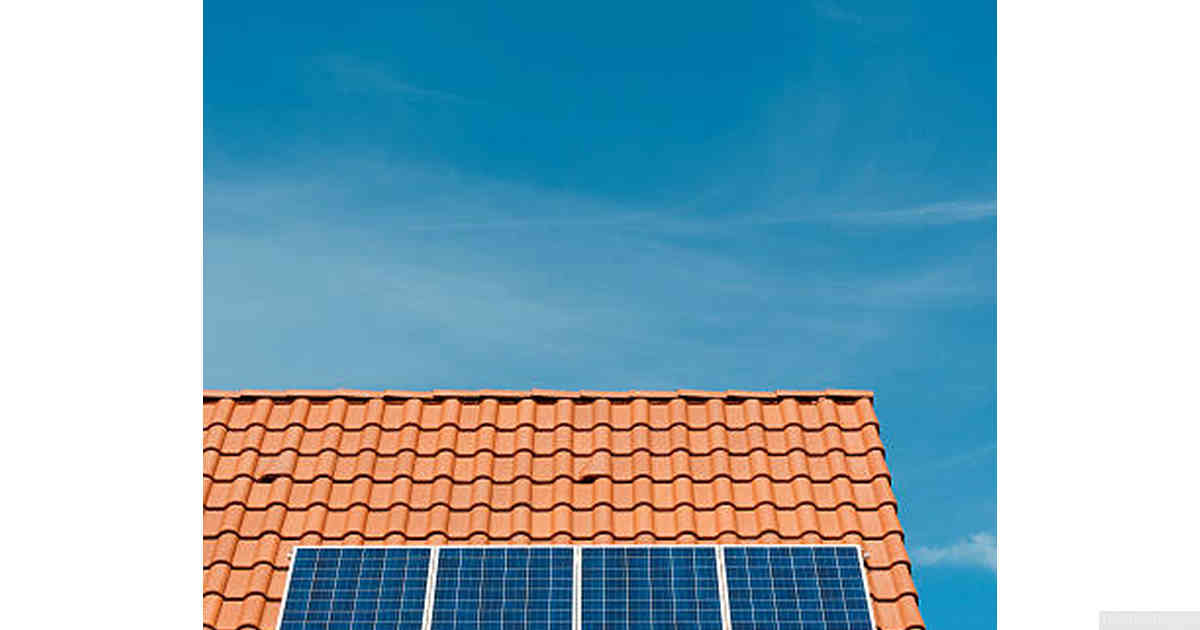
Flat roofs offer a variety of advantages over traditional pitched roof designs. Flat roofs provide more space and stability, making them ideal for areas with high wind speeds or heavy snowfall. They are also cheaper to construct than other types of roofing, which can help to reduce construction costs significantly.
Flat roofs require less maintenance than other types of roofing due to their simple design. This makes them an excellent option for those looking for a low-maintenance solution that will last for many years without requiring extensive repairs or replacements. Flat roofs do not collect debris as easily as sloped ones, reducing the risk of water damage from clogged gutters or downspouts.
Flat roofs are often better insulated than sloped versions since they allow more air circulation around the building’s exterior walls and attic spaces. This means that homeowners may be able to save money on energy bills by installing a well-insulated flat roof instead of a conventional pitched one.
Improved Insulation Options

Flat roofs are becoming increasingly popular due to the many advantages they offer. One of the most appealing benefits is improved insulation options. With a flat roof, there is more room for higher quality and thicker insulation than with a traditional pitched roof. This can lead to considerable savings on energy bills as well as greater comfort during extreme weather conditions such as heat waves or cold spells.
Having better insulation means that you’ll have less drafts and air leakage in your home. This makes it easier to maintain consistent temperatures throughout your house all year round without worrying about hot or cold spots in different rooms at different times of the day or night. It also helps reduce noise pollution from outside since sound will be blocked out more effectively by thicker layers of insulation material.
Choosing high-performance materials like spray foam can further improve the overall performance of your flat roofing system by providing additional protection against moisture build-up, UV radiation, fire damage, and other potential hazards that come with living in an area prone to inclement weather or natural disasters like hurricanes and tornadoes. Spray foam not only provides superior thermal resistance but also offers enhanced structural stability for added safety and peace of mind when it comes to protecting your family from extreme weather events or sudden changes in temperature inside the home caused by poor ventilation systems.
Maintenance Requirements
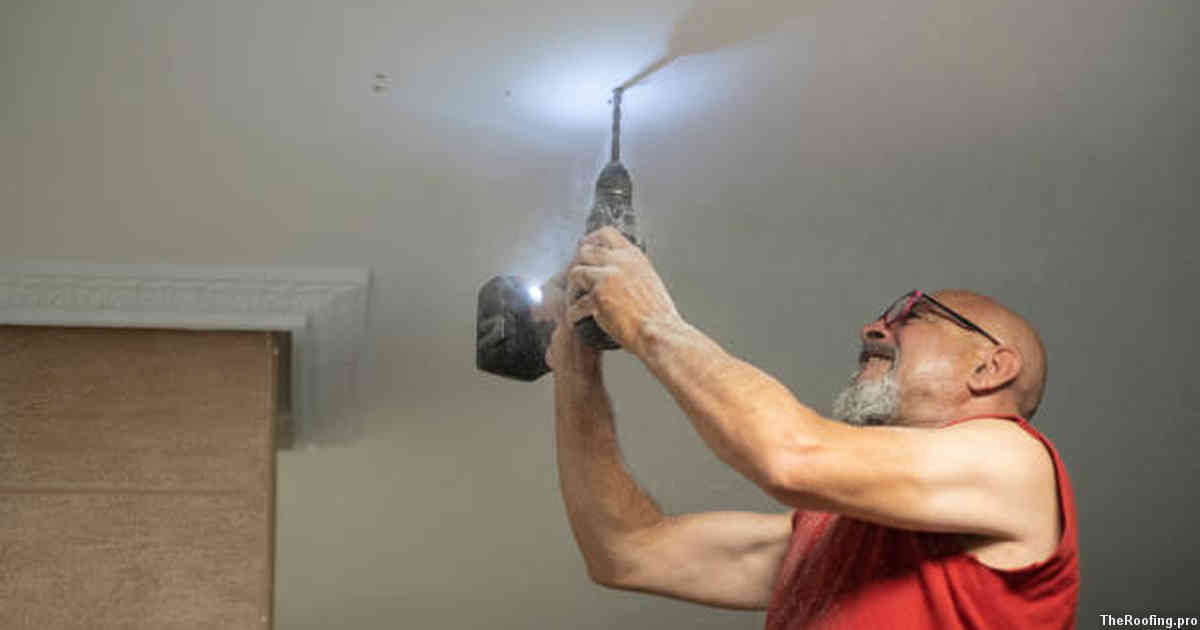
Maintaining a flat roof is essential for its longevity and to keep it functioning properly. Flat roofs are designed with an internal drainage system, so debris and water should be cleared from the drains regularly. The drain outlets should also be checked for clogs or blockages on a regular basis.
In addition to clearing the drainage system of any buildup, homeowners should also inspect their flat roof frequently for signs of damage such as cracking or holes in the surface material. Minor issues can often be fixed using sealants or repair kits that are specifically designed for use on flat roofs, but more extensive problems may require professional assistance from a qualified contractor.
Routine inspections will help identify potential problems before they become serious enough to require costly repairs or replacements. If you live in an area with extreme temperatures, then having your roof inspected by professionals at least once every two years is highly recommended in order to ensure that everything remains intact and functioning properly all year round.
Cost Considerations
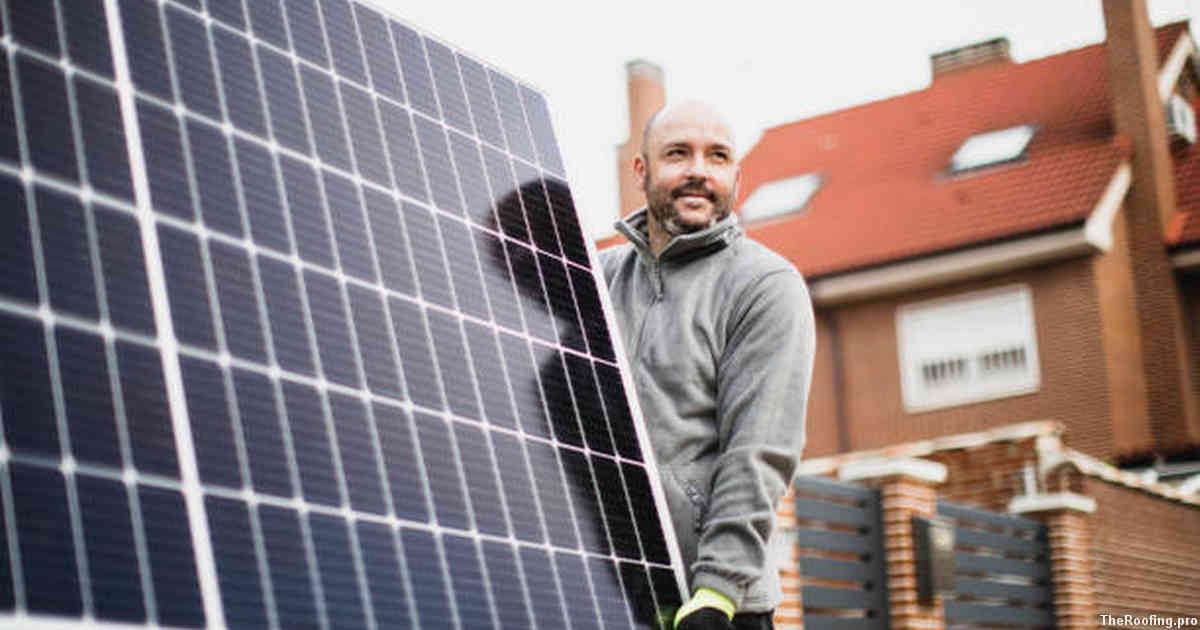
When looking into the benefits of flat roofs, one of the first things to consider is cost. Many people may be under the impression that flat roofs are significantly more expensive than pitched roofs, but this is not necessarily true. Although initial installation costs may be slightly higher for a flat roof due to extra labor and materials needed for waterproofing, maintenance costs over time can often offset this difference in price. Flat roofs generally require less maintenance than sloped or pitched roofs since they are easier to access and don’t accumulate leaves and debris as easily. Because a flat roof surface has fewer areas of potential water damage compared to an angled roof with multiple seams between shingles or tiles, repairs from leaking will likely occur less frequently and thus save you money over time.
One additional factor when considering cost is insulation requirements. A well-insulated attic space on a pitched roof helps keep heating bills low during winter months while minimizing heat loss through the ceiling in summer months; however, if your home does not have attic space available then you may need to invest in additional insulation measures such as spray foam or double-layer membranes which could add up quickly depending on square footage needs covered by insulation products used. With proper research though you should be able to find suitable options that fit within your budget constraints without sacrificing quality or comfort levels desired inside your home living spaces regardless of whether it’s equipped with a sloped or flat roof structure above it.
Design Flexibility
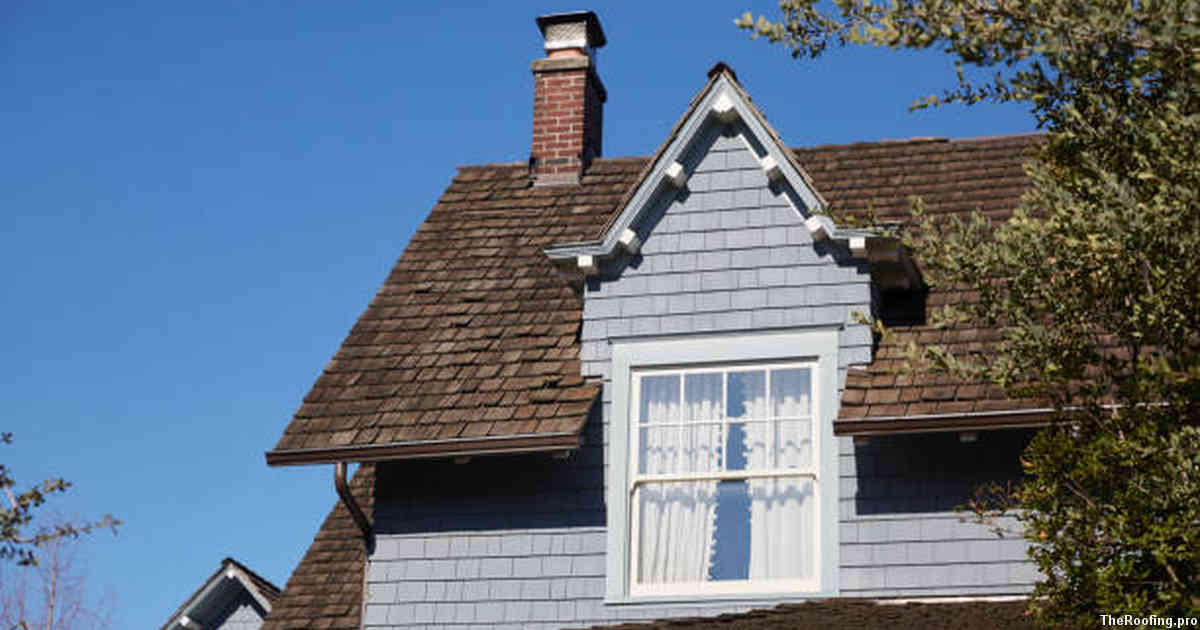
When it comes to designing a home, one of the most beneficial elements that flat roofs offer is design flexibility. With this type of roof, architects and designers can easily create different shapes for buildings as well as play with various lines and angles. Flat roofs are often used in contemporary designs due to their ability to blend seamlessly into modern architecture while still offering distinct style points.
Flat roofs also provide an additional layer of insulation which helps keep homes cool during summer months while providing extra protection against extreme weather conditions such as hail storms or high winds. This added layer also serves to improve energy efficiency by reducing the amount of heat lost through the roof and decreasing air leakage throughout the building’s envelope.
Flat roofs require minimal maintenance when compared with traditional pitched roofs which need frequent inspection and repair work due to potential water infiltration issues caused by poor drainage systems or worn shingles. Flat roofs have a longer lifespan than other types of rooftop constructions since they do not face direct contact from rainwater runoff or debris like trees branches making them more durable over time and less prone to damage from wear-and-tear over long periods.
Drainage Solutions
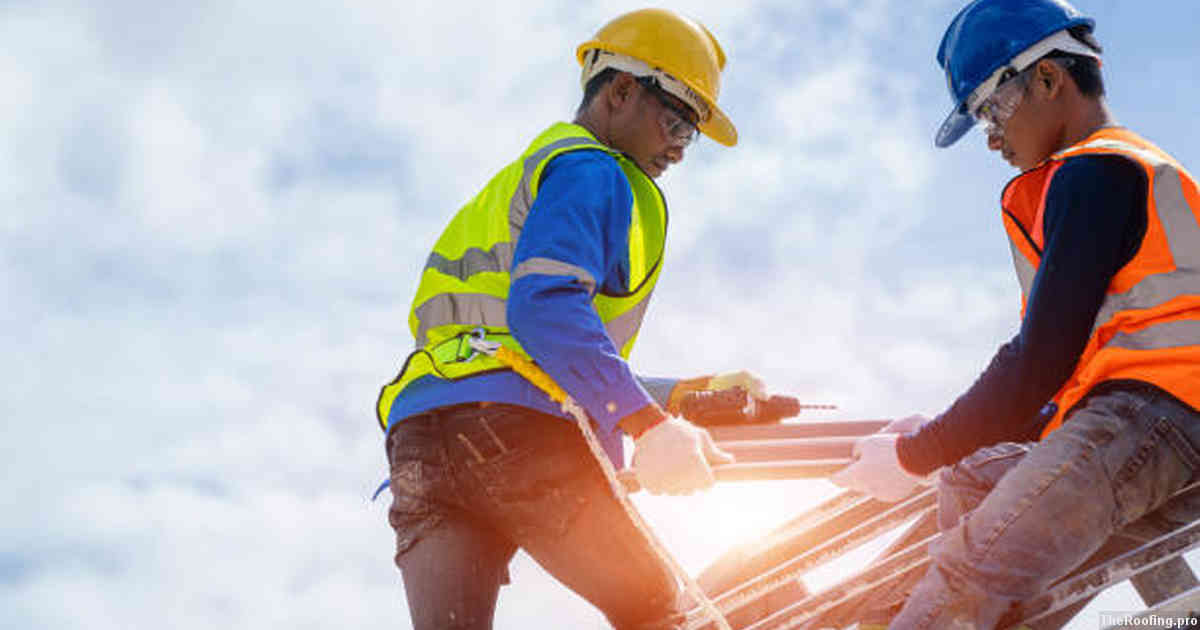
When it comes to flat roofs, drainage is a critical factor. Without proper drainage, rainwater can accumulate and cause significant damage over time. Fortunately, there are several solutions that can help you keep your flat roof dry during the rainy season.
One of the most common solutions for draining water off of a flat roof is an interior drain system. This type of system consists of an array of pipes that run along the inside edge or perimeter of the roof and collect any runoff before it has a chance to pool on top. These pipes typically lead down into gutters or other collection devices located at ground level where they are then funneled away from your property entirely.
Another option available to those with flat roofs is installing slope pans underneath their existing membrane layer. Slope pans provide extra protection against ponding water by creating mini-ponds on top that encourage runoff towards designated drains in each corner instead of letting it settle across wide areas as would be typical without them installed. These slopes also act as additional layers between your home and any potential leaks from heavy rains or snow melts which could potentially penetrate through weaker membranes below them in extreme cases.
If you have a flat roof, making sure you have adequate drainage should always be one of your first priorities when exploring options for maintaining its condition over time. With today’s advanced technology providing multiple ways to achieve this goal easily and cost effectively, keeping up with regular maintenance shouldn’t be too difficult either.
Environmental Benefits
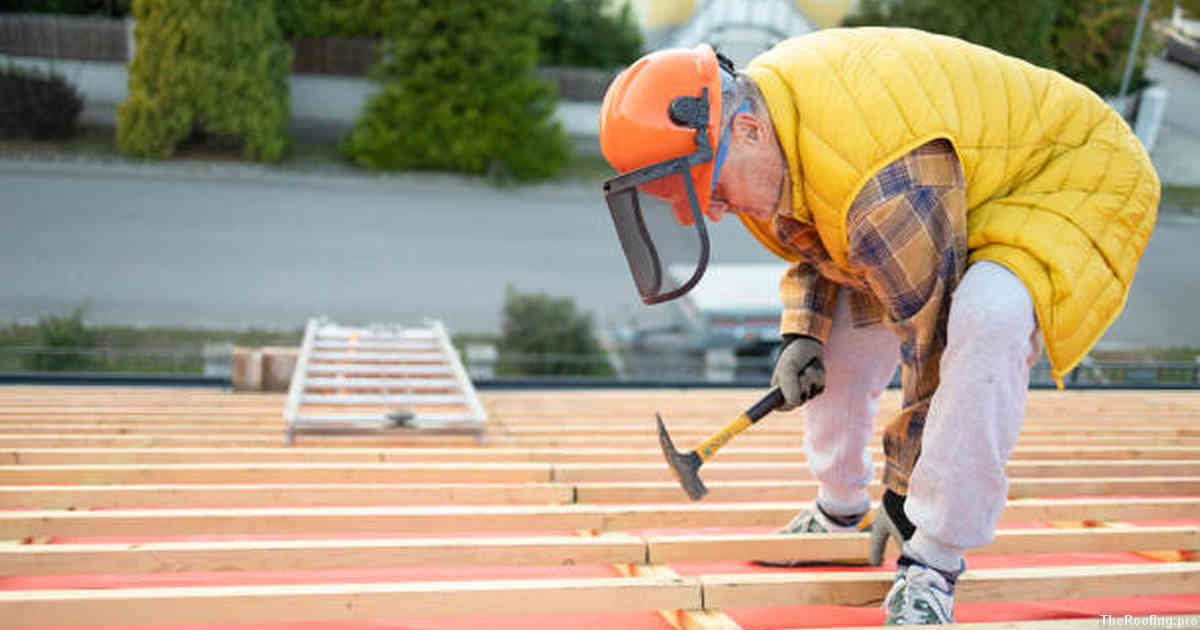
Flat roofs provide a number of environmental benefits. As they lack steep angles, flat roofs reduce the amount of energy used for cooling buildings. This is because the sun’s rays don’t hit them at as sharp an angle, meaning that less heat is trapped in the roof and transferred into the building itself. Due to their lower profile, flat roofs are more likely to be surrounded by trees or other vegetation which can help block some of this sunlight from entering and further trapping heat within the structure.
Flat roofs also make it easier to install solar panels than traditional pitched ones do. Because there are no slopes getting in the way on a flat roof, they require fewer brackets and supports when installing photovoltaic systems which cuts down on costs as well as installation time. Since solar panels take up large amounts of space but need to be installed at a certain angle towards direct sunlight for optimal performance; with a flat roof you’re able to maximize how much area you have available for your PV system without compromising efficiency or production output.
Finally -and most importantly- having a green roof will not only bring great environmental benefits but also enhance insulation capabilities while still providing access to natural daylighting solutions if desired -allowing designers greater flexibility when planning out their projects. Green rooftops use soil layers along with specially selected plants that cover an entire rooftop surface helping keep buildings cool during summer months and providing an effective shield against harsh weather conditions during wintertime while simultaneously reducing energy bills associated with heating/cooling needs year round.
Long-Term Durability
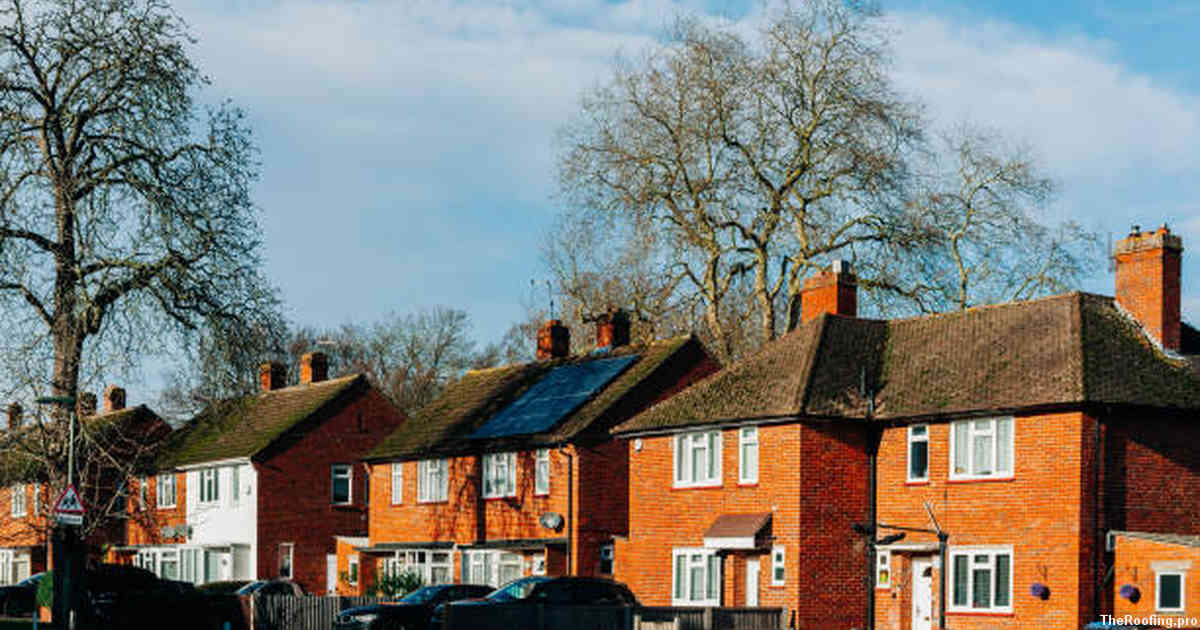
Flat roofs can offer many benefits to a home, but one of the most important is their long-term durability. Flat roofing materials are designed to withstand extreme weather conditions, such as high winds and heavy rainfall. They’re also less susceptible to damage from hail or snow than sloped roof designs.
Another key benefit of flat roofs is that they are much easier and quicker to install than other types of roofing systems. This makes them an ideal choice for those looking for a cost-effective option that won’t require extensive labor costs or installation time. Because there’s no need for complex angles or curves when installing flat roofs, they’re typically more affordable than traditional pitched rooftops.
Since flat roofs don’t require gutters like traditional sloped designs do, homeowners may be able to save money on maintenance costs in the long run as well – especially if you live in an area with severe weather conditions where gutter cleaning might be necessary on a regular basis.